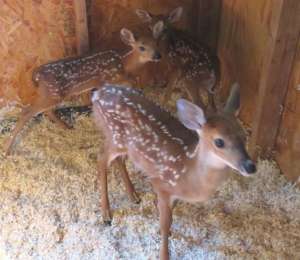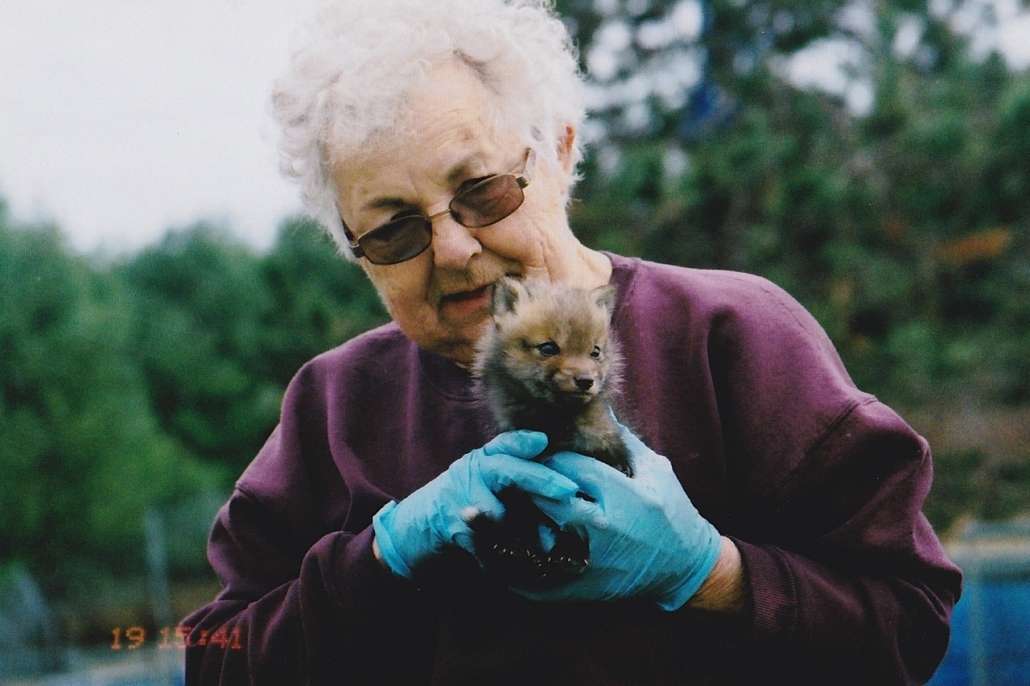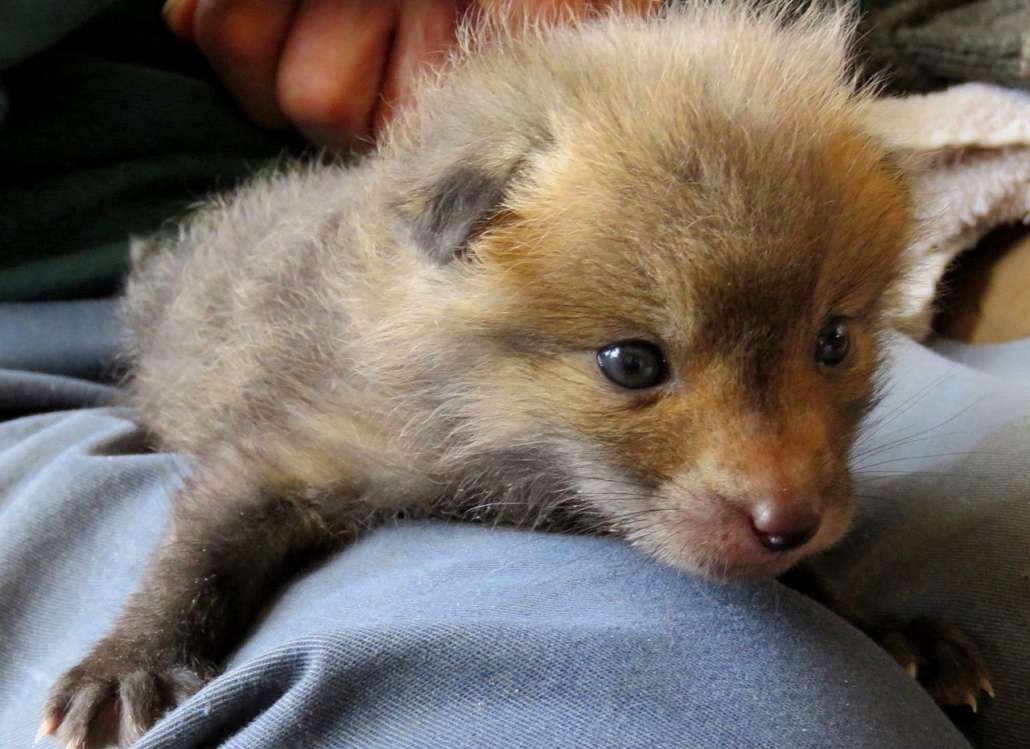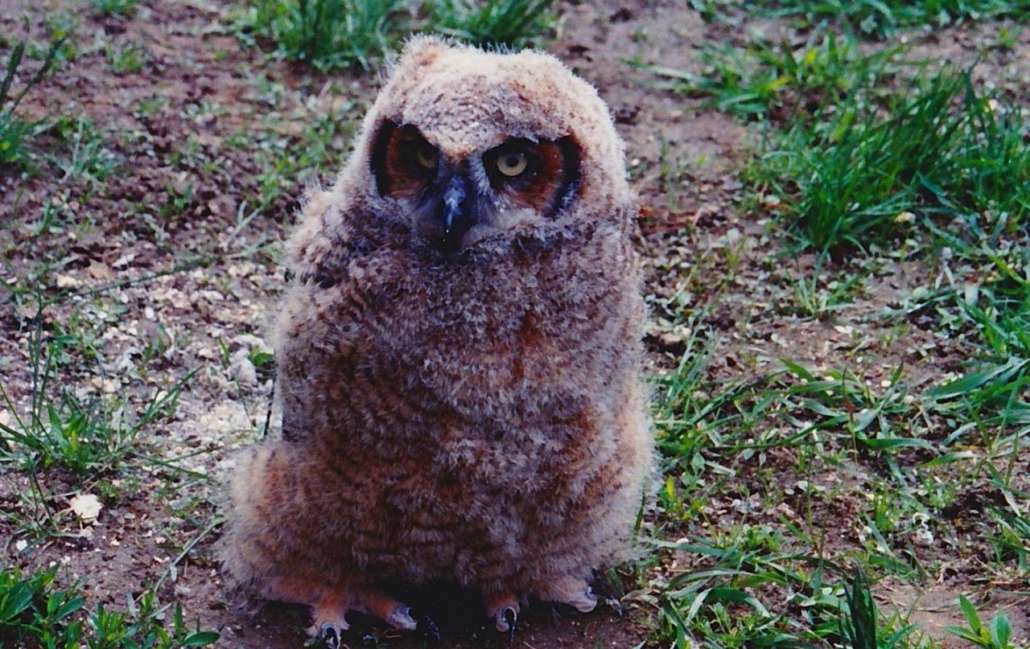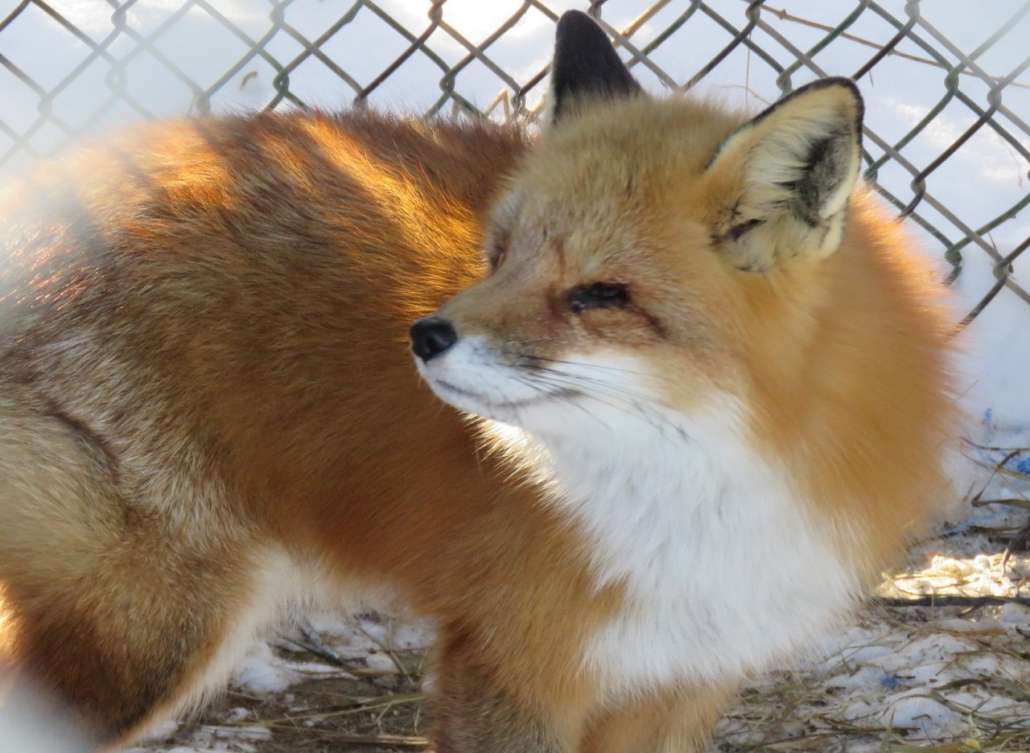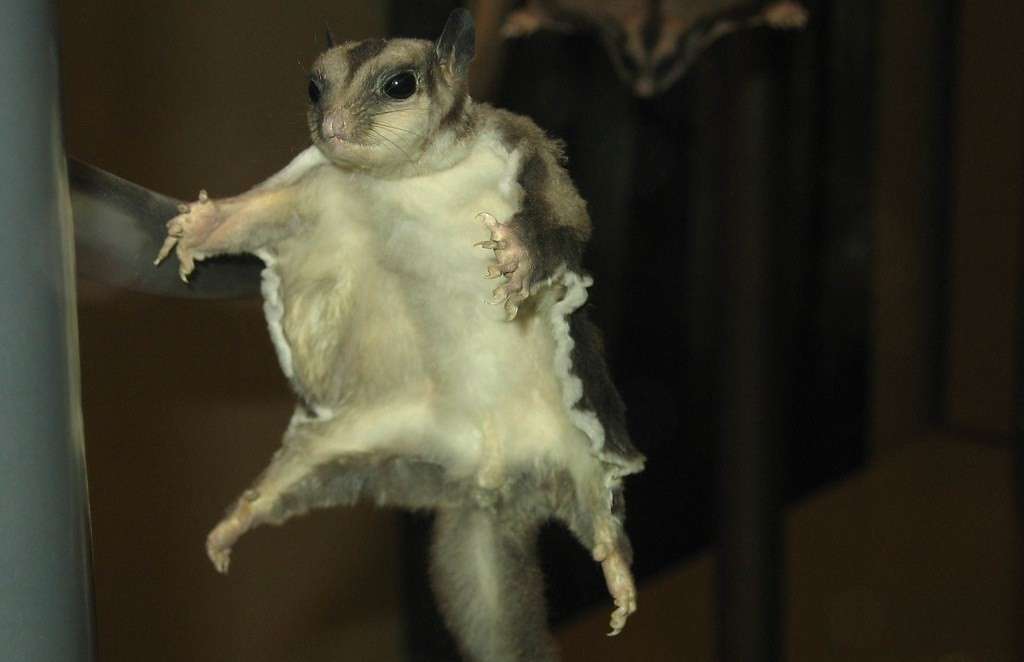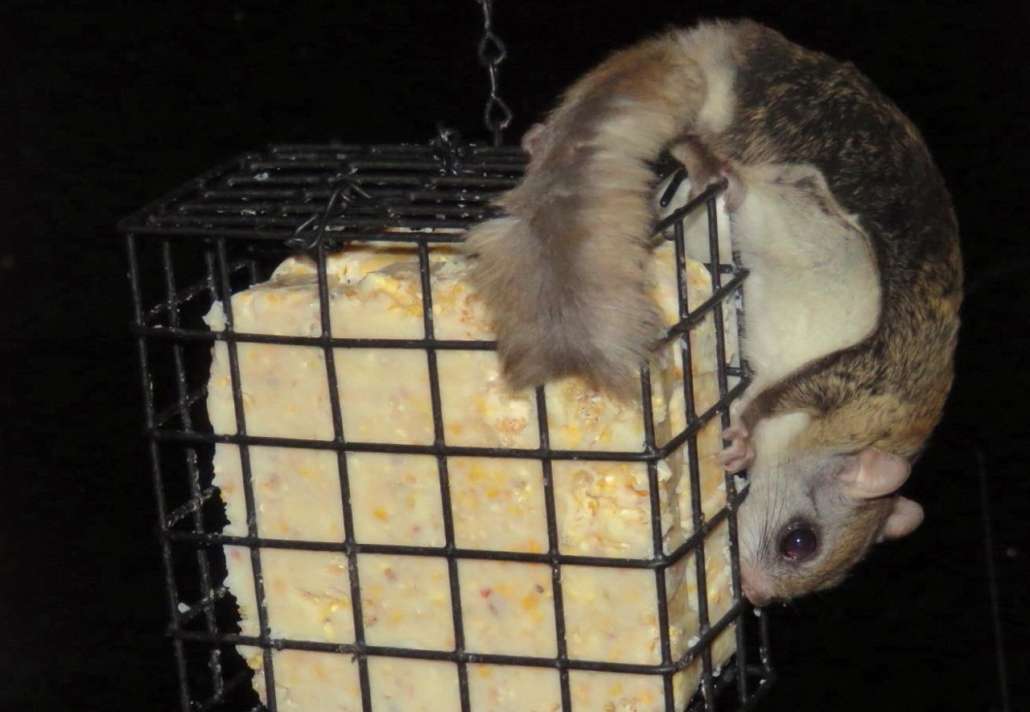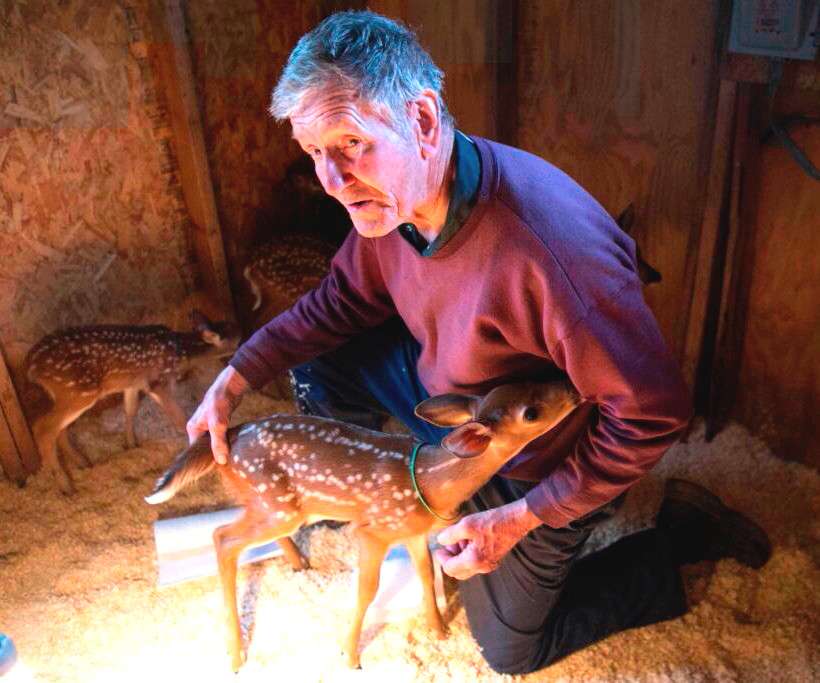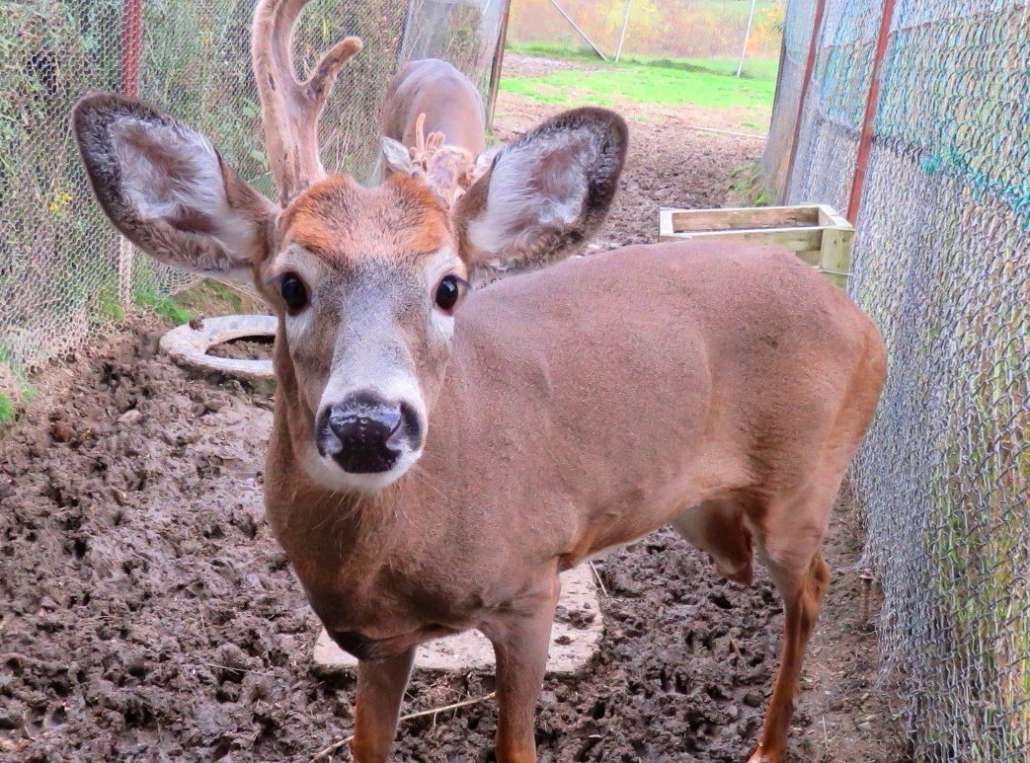An amazing story of survival
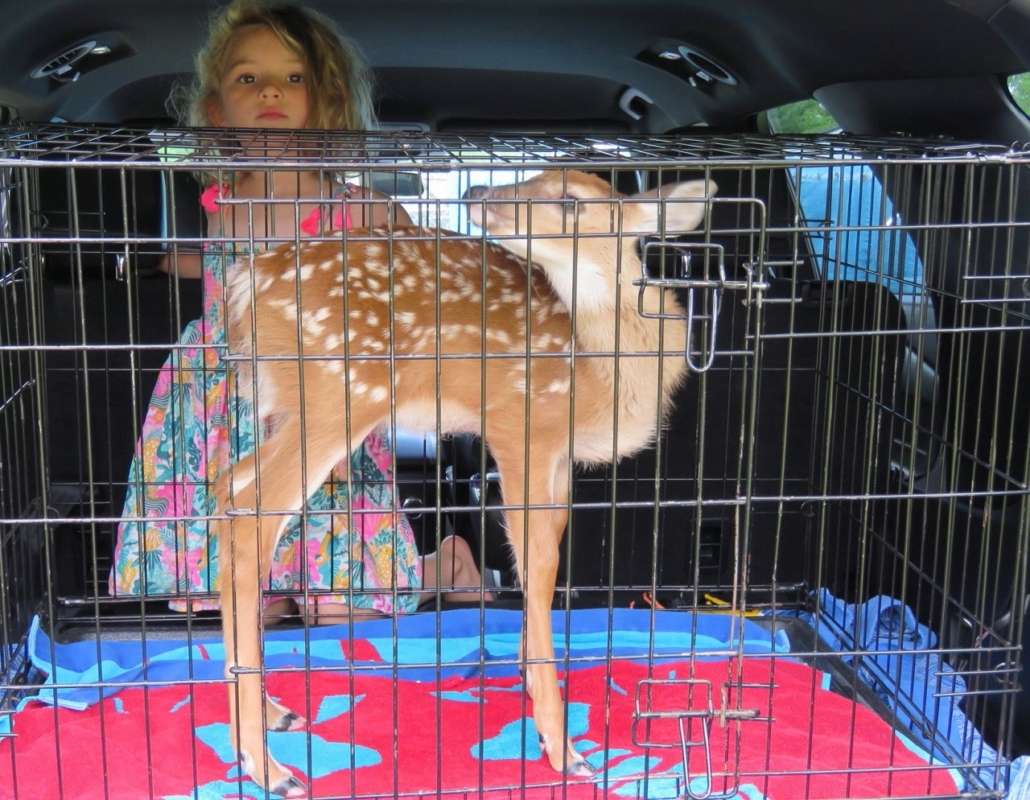
The fawn in the back of the SUV being delivered to the Duck Pond Wildlife Rehab Center. (contributed photo)
by Jayne Winters
As I slowed down to turn into the driveway at the Duck Pond Wildlife Rehab Center, I couldn’t help but notice the SUV ahead of me did likewise. I could never have imagined the story the driver soon shared with me and Don about the three-week-old fawn she had in the dog kennel in the back of her vehicle.
While in the car with her husband, a doe had unexpectedly crossed the road in front of them and they couldn’t avoid hitting her. Naturally upset and concerned, her husband got out of the vehicle to make sure the doe wasn’t suffering. She had died upon impact, but he was shocked to find she had expelled her fawn, still in its placenta. He went back to the car for his wife and together they delivered the baby, rubbing it down with a blanket and massaging its mouth to get the airway functioning. Its first breaths were drawn while being held by its human “parents.” What a gift, especially under such sad circumstances.
Although they were initially advised by IF&W to let nature take its course, they simply couldn’t leave it, knowing it wouldn’t survive. They brought the fawn home and made calls to several rehabbers, none of whom had room for a newborn (I couldn’t help but think of the Christmas story, with “no room at the inn.”). However, having grown up and currently living on a farm, Savannah was familiar with raising young animals, so she took on the care and feeding of the little guy. Looking at his size and behavior in the kennel, it was obvious she had done a great job. He was alert, with bright eyes and a beautiful coat. She provided Don with details of what she had fed him, how often, his level of activity and habits. In addition, she left food so that his diet wouldn’t be changed while in rehab. An expectant mother herself, it was apparent that her nurturing extended beyond her own family.
While I’m sure it was bittersweet to leave the fawn at Duck Pond, Savannah was able to observe him quickly bond with two younger fawns in the stall. They literally looked up to him, he was that much taller! All three were eventually taken to another rehabber where they will stay together until their release back into the wild. A happy ending to what began as a sad story.
Many critters continue to be transferred to other rehabbers who are generously providing assistance to help keep critter care at Duck Pond manageable. They are greatly appreciated! Please check the following web sites to see if there is a rehabber near you: https://www.mainevetmed.org/wildlife-rehabilitation or https://www.maine.gov/ifw/fish-wildlife/wildlife/living-with-wildlife/orphaned-injured-wildlife/index.html
– Donald Cote operates Duck Pond Wildlife Care Center, on Rte. 3, in Vassalboro. It is a nonprofit state permitted rehab facility which is supported by his own resources and outside donations. Mailing address: 1787 North Belfast Ave., Vassalboro ME 04989 TEL: (207) 445-4326. Please note the previous e-mail address is no longer monitored.


